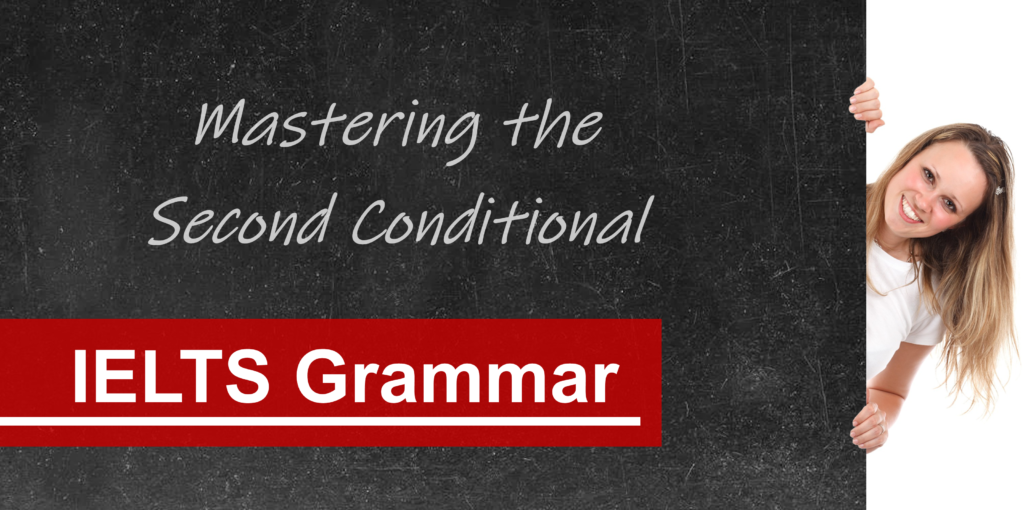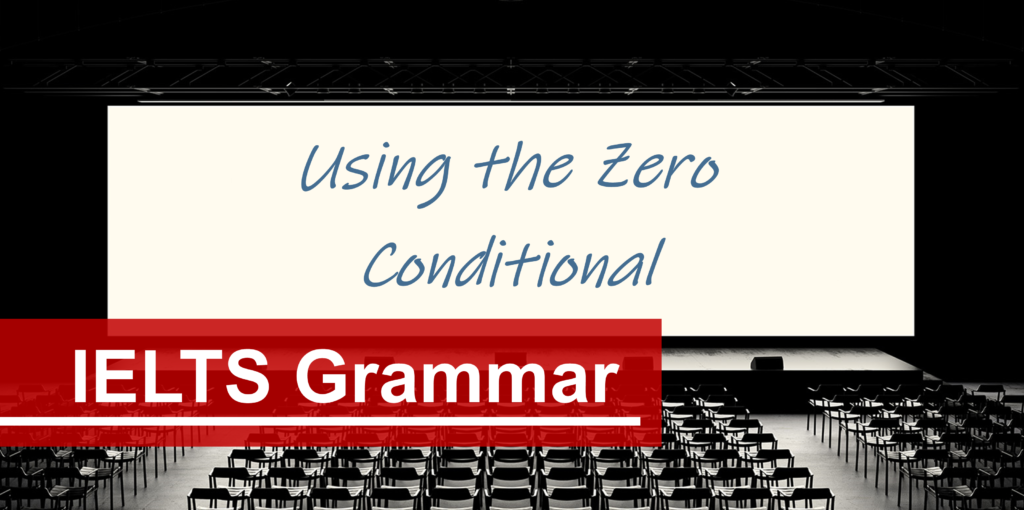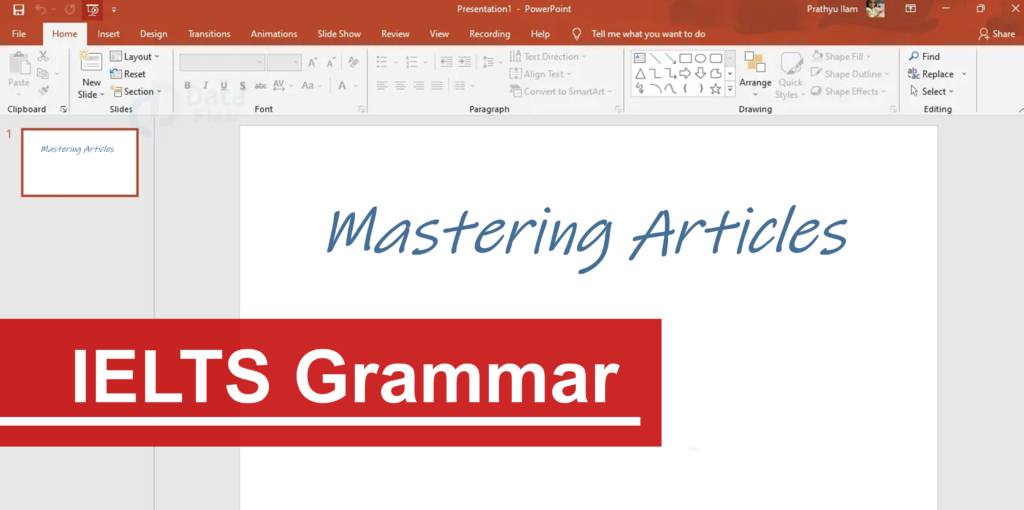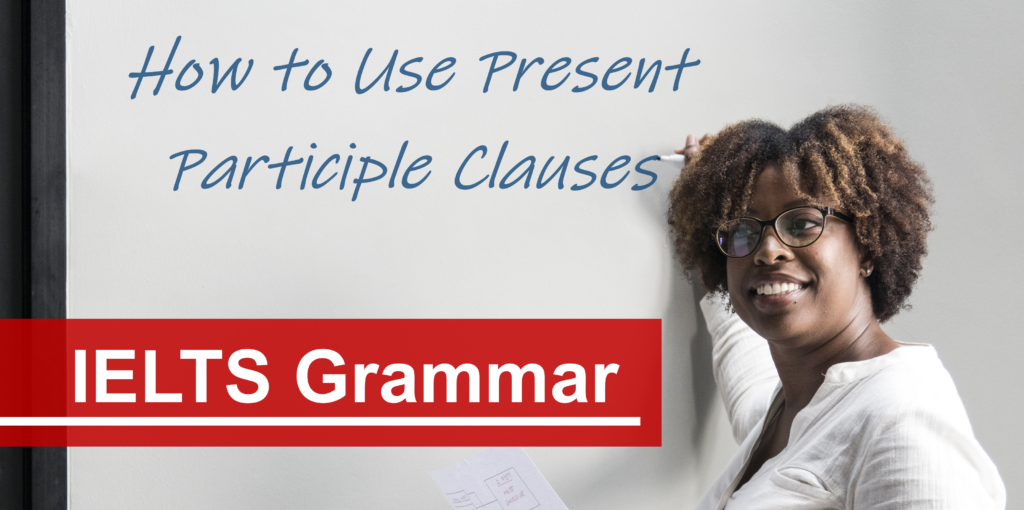Mastering the Second Conditional for IELTS Success

For IELTS students, acquiring proficiency in English goes beyond basic language skills; it involves a comprehensive understanding of various grammar structures and tenses. One such essential aspect is the second conditional, which can greatly enhance your performance in both the speaking and writing sections of the IELTS exam. In this article, we will explore the second conditional, its usage, and provide examples of how to effectively apply it in the speaking and writing tests.
Understanding the Second Conditional
The second conditional is a grammatical structure used to express hypothetical or unreal situations in the present or future. It is formed by combining the simple past tense of a verb (e.g., ‘were,’ ‘did,’ ‘had’) with the base form of the main verb. The structure is as follows:
If + past simple, would + base form of the verb.
Usage of the Second Conditional
The second conditional is used to:
- Express Hypothetical Scenarios: It is ideal for discussing imaginary or unlikely situations in the present or future. For example, “If I won the lottery, I would travel the world.”
- Make Suggestions or Give Advice: In the context of giving suggestions or advice, the second conditional is valuable. “If I were you, I would study more.”
- Polite Requests or Offers: It can be used to make polite requests or offers. “If you could help me with my homework, I would appreciate it.”
- Discuss Future Plans: It is employed when talking about potential future plans, often in a polite manner. “If I had the opportunity, I would attend the conference next week.”
Applying the Second Conditional in the Speaking Test
In the IELTS speaking test, demonstrating your ability to use the second conditional can significantly boost your score, especially in the part where you may be asked hypothetical or future-oriented questions.
Example 1 – Question: “If you could visit any place in the world, where would you go?”
Response: “If I could visit any place in the world, I would choose to explore the picturesque landscapes of New Zealand. The stunning mountains and pristine lakes have always fascinated me, and I would love to experience the natural beauty there.”
Example 2 – Question: “If you could change one thing about your hometown, what would it be?”
Response: “If I could change one thing about my hometown, I would invest in better public transportation. This would reduce traffic congestion and promote a greener environment.”
In both examples, the second conditional is used to express hypothetical scenarios and provide detailed, relevant responses.
Utilizing the Second Conditional in the Writing Test
In the IELTS writing test, you can employ the second conditional to enhance the quality of your essays, reports, or letters. Here’s how to do it:
Example (Essay Prompt): “Discuss the impact of technology on society. What changes would you suggest if you had the power to make them?”
Response: “The impact of technology on society has been substantial. If I had the power to make changes, I would emphasize the importance of digital literacy in schools. If people were better educated about technology, they would be better equipped to navigate the challenges of the digital age.”
In this essay example, the second conditional is used to present hypothetical suggestions, making your response more persuasive and thoughtful.
Conclusion
Mastering the second conditional is a valuable skill for IELTS students as it demonstrates your ability to discuss hypothetical scenarios, provide suggestions, and make polite requests or offers. Whether in the speaking or writing test, the second conditional can help you showcase your language proficiency, and it may be the key to securing the high score you desire. So, practice using the second conditional, and you’ll be better prepared to excel in the IELTS exam.






